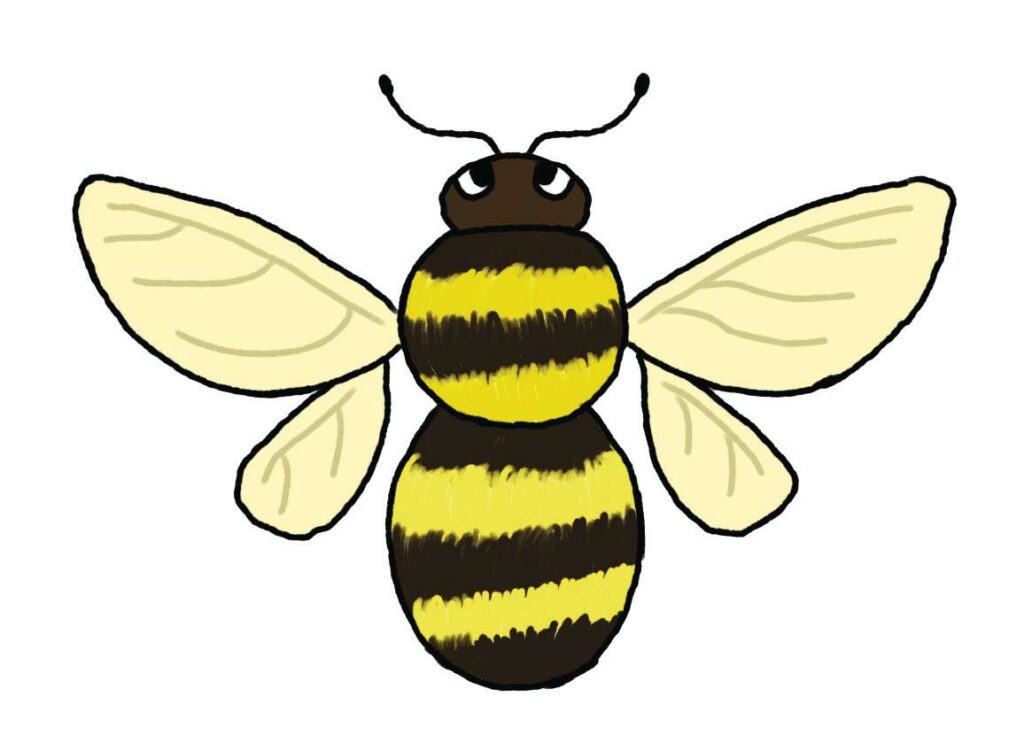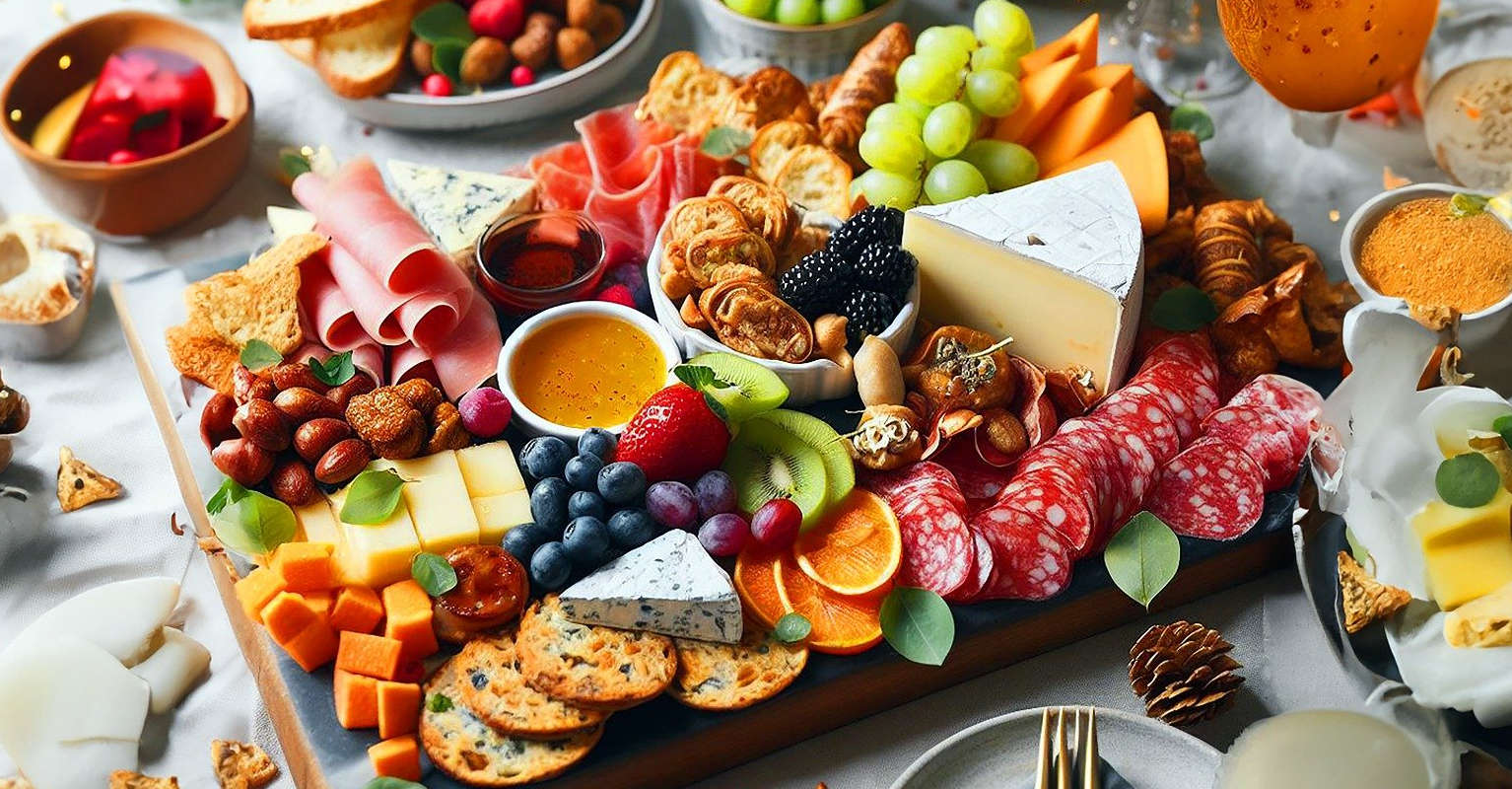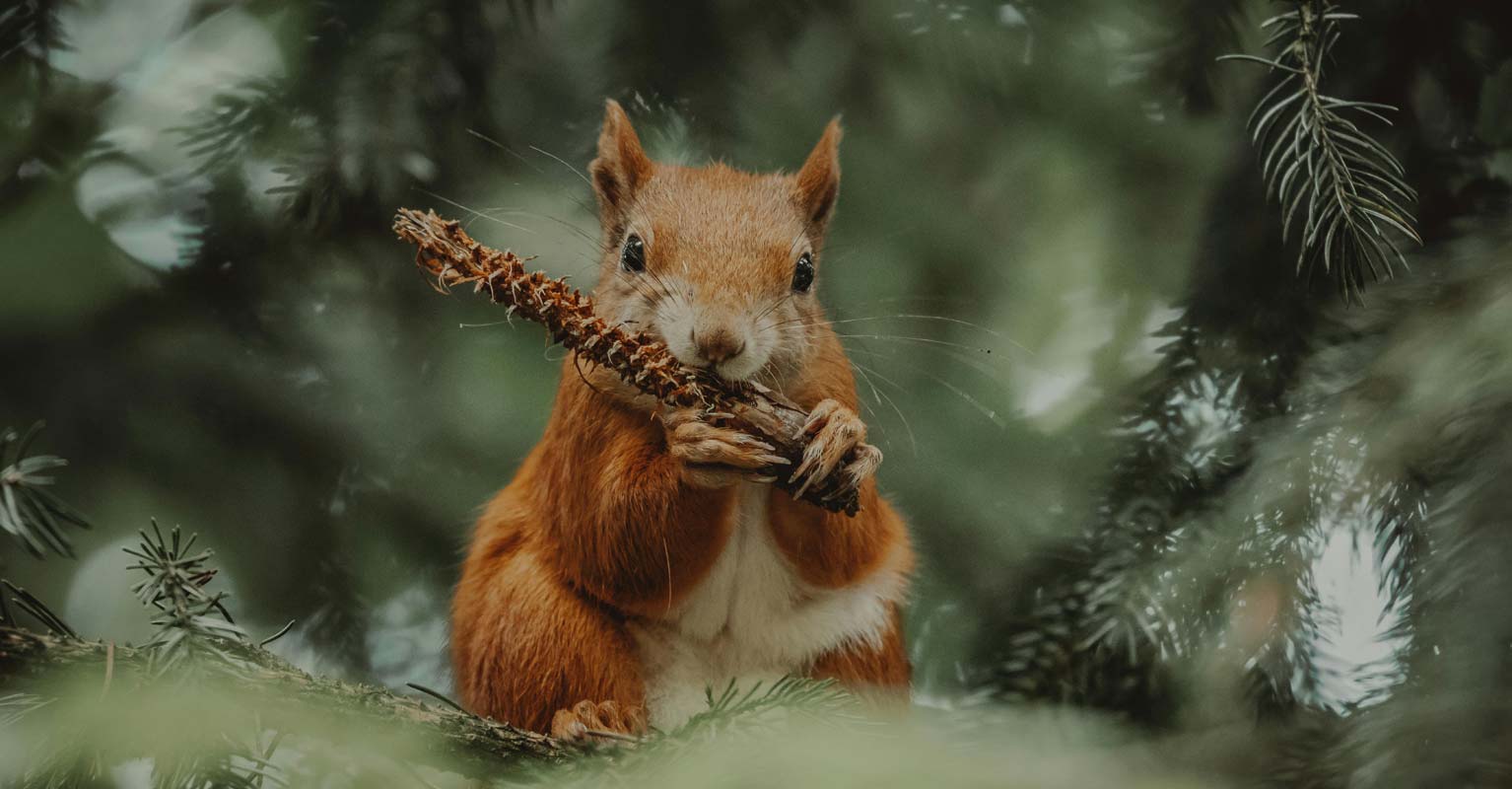
Rumor has it (and science-based studies suggest) almonds are good food. They are nutrient dense, high in antioxidants, and an excellent source of vitamin E, protein, and fiber. A quick Google search shows that Harvard, WebMD, Healthline, and Livestrong all point to studies that prove it.
And while a mono diet of almonds for a few months might help me lose a few extra pounds, almonds are also known to have high levels of phytic acid, which can inhibit one’s ability to absorb and process iron, zinc, and calcium. That means this mono diet might also make me anemic, weaken my bones, and could maybe cause a mineral or vitamin deficiency.
So when I read that many of our Montana bees are shipped to California to winter in the almond orchards where there are miles and miles of almond trees, a lack of diverse flowering plants, and use of fungicides and neonicotinoids (a systemic insecticide used to kill a number of agricultural pests), it adds to my worries about bee colony collapse.
According to the nonprofit Bee Informed, which has been keeping tabs on honey bees for 16 years, the U.S. annually loses an estimated 39 percent of all the managed honey bee colonies. With about 2.7 million such colonies in the U.S., that means we lose about 1.05 million hives every year.
Let that sink in.
At first I got angry at the commercial beekeepers in Montana for exposing our honey bees to a toxic environment in the almond orchards. But after talking to a few beekeepers, I learned why wintering bees in a California climate makes sense. Our winters can be bitter and devastating to their hives. Meanwhile, California no longer has the wild or commercial bee populations necessary to pollinate the thousands upon thousands of almond trees. And almonds are big business. According to the U.S. Sustainability Alliance, California supplies more than 80 percent of the almonds for the entire world.
Keep in mind, though, no bees means no almonds. (No bees also means no alfalfa, apples, avocados, blackberries, blueberries, cabbage, huckleberries, peppers, tomatoes, and the list goes on and on.) There are already rules to protect bees from chemical sprays. And I know the solution to save the bees isn’t as easy as planting a crabapple tree every 500 yards, or bordering the orchards with wildflowers.
I’m happy to know that many Montana commercial beekeepers recognize the downside of an extended mono diet and shuttle their hives through the Sierra Nevada on their way home to let the bees feast on the wild flowering plants. By the time they return to Montana, the bees are ready to relax in our verdant summers and pollinate our gardens and farms.
I know that reversing the trends in bee colony collapse doesn’t have a single silver bullet. But I also know that I can help our local bees and other pollinators by planting more wildflowers, using fewer chemicals, and sharing the news. Keep rooting for our bees.




